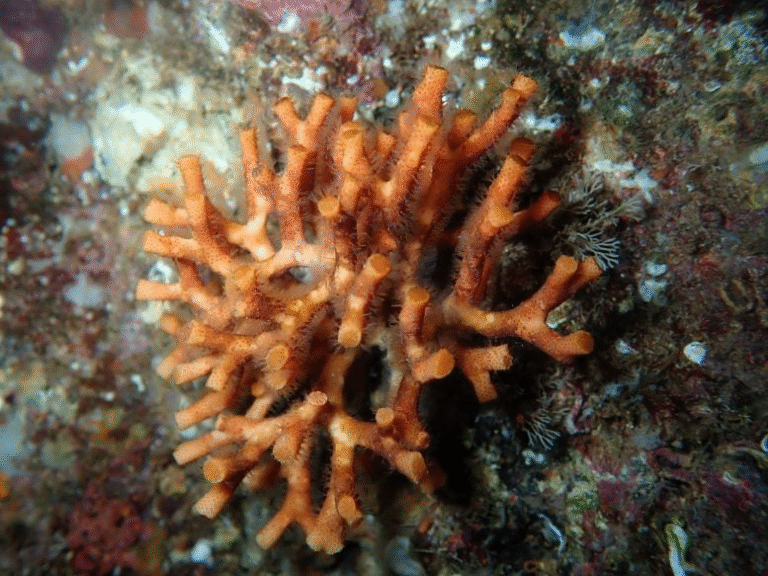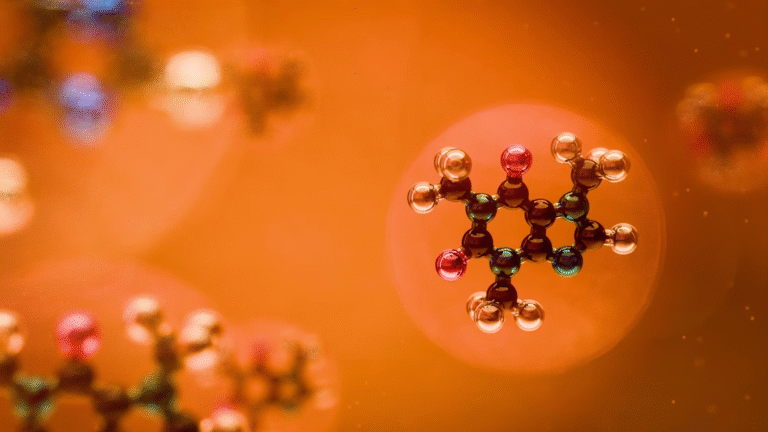Scientists Build the World’s First Rechargeable Hydride Ion Battery

A team of researchers at the Dalian Institute of Chemical Physics (DICP), part of the Chinese Academy of Sciences (CAS), has achieved a breakthrough that could mark the start of a new direction in battery technology. They have built the first-ever rechargeable hydride ion battery that works at room temperature, and their results have been published in the journal Nature.
This development is significant because it takes a concept that has long intrigued scientists—using hydride ions (H⁻) as charge carriers—and makes it work in a practical, functioning device. Let’s go through what this technology is, how it works, the numbers behind it, and why it might matter in the long run.
Why Hydride Ions?
Most batteries today, like lithium-ion or sodium-ion, rely on positively charged ions (Li⁺, Na⁺) moving back and forth between electrodes. Hydride ions are the opposite: they are negatively charged hydrogen atoms.
Hydride ions are attractive for a few reasons:
- Extremely low mass: Hydrogen is the lightest element, so using it as a charge carrier can, in theory, deliver very high energy densities.
- High redox potential: Hydride ions can enable reactions that release or store a lot of energy.
However, the big roadblock has been finding the right electrolyte—the material that allows ions to move while keeping the electrodes stable. Previous attempts failed because no electrolyte could simultaneously provide:
- Fast hydride ion conduction
- Good thermal stability
- Compatibility with electrodes
The DICP team overcame this by engineering a new kind of material.
The Core–Shell Electrolyte
At the heart of this new battery is a core–shell hydride ion conductor called 3CeH₃@BaH₂. Here’s what that means:
- The core is made of cerium hydride (CeH₃), which has naturally high hydride ion conductivity.
- The shell is made of barium hydride (BaH₂), which provides stability and acts as a protective layer.
By combining the two into a core–shell structure, the researchers created a material that:
- Conducts hydride ions quickly at room temperature (above 10⁻⁴ S/cm)
- Maintains low electronic conductivity (around 3.2×10⁻⁶ S/cm) to prevent electron leakage
- Remains stable even at elevated temperatures, just above 200 °C
This electrolyte was prepared using ball milling under an inert argon atmosphere, which allowed the team to form the heterojunction composite. Above about 60 °C, the material even exhibits superionic conduction, meaning ions move extremely fast through the lattice.
The Battery Prototype
With the electrolyte ready, the team constructed the prototype battery with the following design:
- Anode (negative electrode): CeH₂
- Electrolyte (ion conductor): 3CeH₃@BaH₂
- Cathode (positive electrode): NaAlH₄ (sodium aluminum hydride, a well-known hydrogen storage material)
This configuration is completely solid-state, with no liquid electrolyte. That eliminates leakage risks and allows for higher safety.
The full cell was able to:
- Deliver an initial specific discharge capacity of 984 mAh/g at room temperature
- Retain 402 mAh/g after 20 cycles
- Achieve a working voltage of 1.9 V in a stacked configuration
For demonstration, the researchers used this prototype to power a yellow LED lamp, showing that the concept works in a practical way.
Performance Numbers in Context
To put those figures into perspective:
- The capacity of 984 mAh/g is considered very high—reports suggest this could be up to six times higher than some commercial lithium-ion batteries when measured per gram of active material.
- The downside is the cycling stability. A drop from 984 to 402 mAh/g after only 20 cycles is steep, and much more work is needed before this could match the thousands of cycles expected from lithium-ion cells today.
- The voltage of 1.9 V is lower than the 3–4 V range of many lithium-ion cells. This means hydride ion batteries may need to be stacked in series to deliver higher voltages suitable for devices.
Still, as a proof of concept, this is a remarkable achievement.
Why This Matters
There are a few reasons why scientists are excited about this development:
- New chemistry direction: Using hydride ions instead of cations opens up an entirely new category of electrochemical devices.
- Dendrite-free: Because the charge carrier is hydrogen-based, the battery avoids the dangerous dendrite formation that plagues lithium-metal batteries and causes short circuits.
- Safety and sustainability: Hydrogen-based materials are abundant and, with further development, could be safer and cheaper to source compared to lithium or cobalt.
- Versatility: Hydride-based materials are highly tunable, meaning researchers can experiment with many different compositions and structures.
Current Challenges
While this is an exciting start, several limitations remain before hydride ion batteries can become practical:
- Cycle life: Retaining less than half the capacity after just 20 cycles is not viable for real-world applications. Improvements in stability are critical.
- Voltage: At 1.9 V, this chemistry lags behind lithium-ion in energy per unit volume. Higher-voltage designs or clever stacking will be needed.
- Material costs and scaling: Using cerium hydride and specialized processing techniques could make manufacturing expensive in the short term.
- Interfaces: Like other solid-state batteries, hydride systems face challenges at electrode–electrolyte interfaces, where resistance and cracking can occur during cycling.
Despite these challenges, the breakthrough proves that hydride ion batteries are possible—something that wasn’t certain until now.
Extra: A Quick Look at Solid-State Batteries
Since the hydride ion battery is fully solid-state, it’s worth quickly explaining why this area excites researchers worldwide.
- Solid-state batteries replace flammable liquid electrolytes with solid conductors. This makes them inherently safer, reducing fire risks.
- They promise higher energy densities, meaning smaller, lighter batteries with the same or greater storage capacity.
- Big companies like Toyota, Samsung, and QuantumScape are heavily investing in lithium-based solid-state batteries.
The hydride ion version adds another twist by using an entirely different ion for transport, showing how wide the possibilities are in this space.
Extra: Hydrogen in Energy Storage
Hydrogen is already a central player in energy research, especially for fuel cells and hydrogen storage. Here’s how this battery fits into that picture:
- In fuel cells, hydrogen gas is split into protons and electrons to generate electricity.
- In hydrogen storage materials like NaAlH₄ (used in this battery), hydrogen is stored in solid form and released when needed.
- In the hydride ion battery, instead of being oxidized as a gas, hydrogen is stored and shuttled around as a hydride ion.
This demonstrates how versatile hydrogen can be in energy systems. It can act as a fuel, a storage medium, and now even as a charge carrier in batteries.
What’s Next?
The immediate goal for the research community will be:
- Improving cycling stability and capacity retention
- Exploring alternative electrode and electrolyte materials that could give higher voltages
- Investigating scaling methods to move beyond lab prototypes
- Testing safety and durability in real-world conditions
Even though this battery isn’t ready for commercial use, it represents an entirely new path for electrochemical energy storage. It’s another reminder that battery research is far from finished, and breakthroughs like this could shape the future of clean energy technologies.
Conclusion
The first room-temperature rechargeable hydride ion battery is now a reality, thanks to the team at the Dalian Institute of Chemical Physics. With its core–shell electrolyte, impressive initial capacity, and demonstration of powering a simple device, it shows enormous potential.
Yes, the technology is still in its infancy, with challenges like cycle life and voltage limitations. But the fact that it works at all is exciting—it means scientists can now refine and expand this new chemistry.
Hydride ion batteries may one day join the ranks of lithium-ion, sodium-ion, and solid-state systems in powering our devices and grids. For now, they represent a bold step into new electrochemical territory.
Research Reference: A room temperature rechargeable all-solid-state hydride ion battery – Nature, 17 September 2025





